In the mineral-rich hills of North Kivu in eastern Democratic Republic of Congo (DRC), M23 rebels have taken control of the Rubaya mining site one of the world’s most important sources of coltan, a mineral vital to mobile phones, laptops, and other electronics. The BBC was recently granted rare access to the sprawling site, where over 10,000 workers extract coltan daily under the supervision of rebel-appointed officials.
The Rubaya mine, located near the town of Rubaya about 60km northwest of Goma, holds an estimated 15% of the world’s coltan supply and over half of the DRC’s known deposits. In harsh conditions and oppressive heat, miners toil underground and above ground, shoveling, hauling, washing, and filtering ore by hand. Despite the physical toll, many like Peter Osiasi, a miner for five years, describe the job as life-changing, providing the means to start a family and build a modest future.
Since seizing the mine in early 2023, the M23 has restructured operations and banned armed personnel from the site. Supervisor Patrice Musafiri told the BBC that the rebels have established a mining department to monitor safety and resolve disputes. “Any foreign investor can come here, as long as they bring development for our people and increase daily wages,” Musafiri emphasized, signaling a guarded openness to international partnerships.
The rebels’ hold on Rubaya comes as DR Congo and Rwanda, long-time adversaries in the region, signed a ceasefire deal in Washington on June 27, 2025. While both countries pledged to disarm and disengage proxies, despite denying they supported any the M23 was not party to the agreement. The rebel group, predominantly led by Tutsis, maintains that its uprising is a defense of minority rights and accuses the Congolese government of marginalization.
Multiple reports, including those by the United Nations, have accused Rwanda of supporting the M23 militarily and financially, especially through illicit trade in minerals like coltan an allegation Kigali has repeatedly denied. A December UN experts’ report claimed the rebels generate hundreds of thousands of dollars monthly from taxing the coltan mined at Rubaya, much of it allegedly funneled to Rwanda.
The US has become increasingly involved in the region, driven by a strategic interest in securing mineral supply chains critical to global tech industries. President Donald Trump, ahead of the ceasefire deal, stated: “We’re getting, for the United States, a lot of the mineral rights from the Congo.” American companies are reportedly exploring opportunities to invest in Rubaya’s mining sector, currently dominated by Chinese firms.
Political analyst Akramm Tumsifu told the BBC that DR Congo is leveraging its mineral wealth to court US support in stabilizing the east and potentially dislodging Chinese influence. He noted that US involvement could serve as a deterrent to renewed fighting or the emergence of rival armed groups.
However, the situation remains volatile. The M23’s firm control over eastern regions—including Goma, Bukavu, and strategic airports—complicates the prospect of foreign investment and government oversight. A parallel mediation process led by Qatar, which includes direct negotiations between the Congolese government and armed groups, may help clarify governance of the region’s resources.
For now, local miners and their families remain caught in the crosshairs of geopolitics, insurgency, and economic exploitation. Despite limited infrastructure, low wages, and constant uncertainty, many cling to hope for lasting peace.
“We want development. We want peace. We are tired of war,” said Osiasi. “My appeal to fellow young men and our leaders is to keep and maintain peace in our area.”
As the global demand for coltan continues to rise, the future of Rubaya and its people will hinge not only on ceasefire agreements but on whether the international community can foster ethical, transparent, and locally beneficial investment in one of the world’s most conflict-prone resource frontiers.


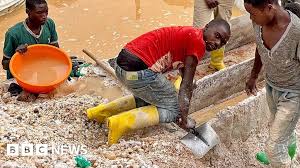


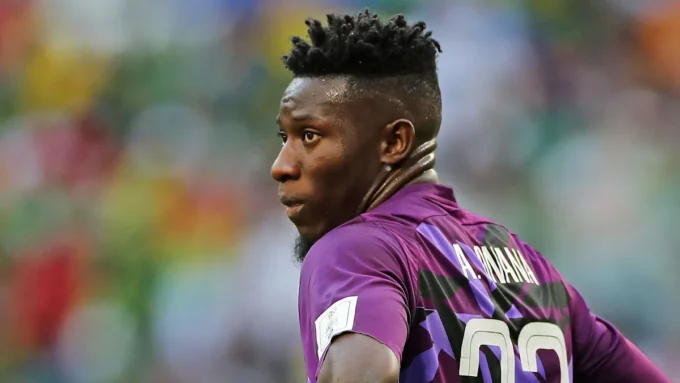
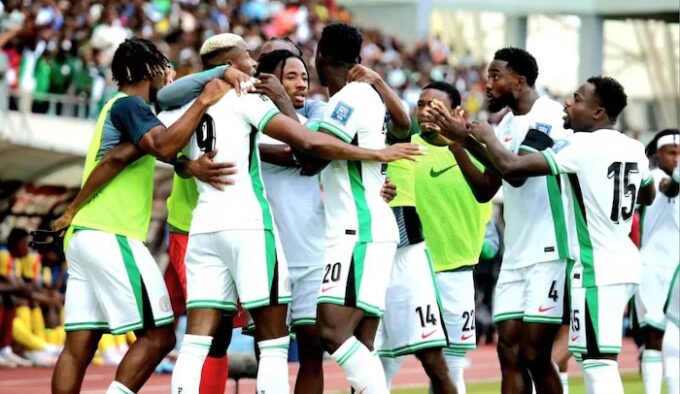
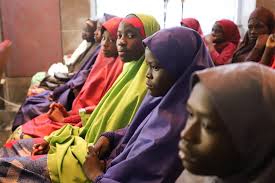

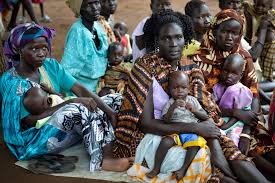
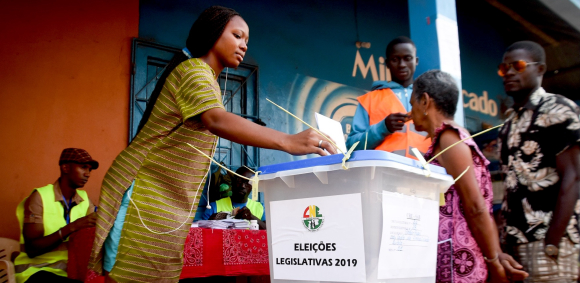
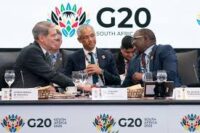


Leave a comment